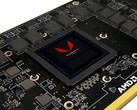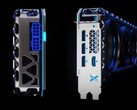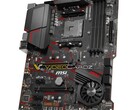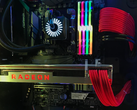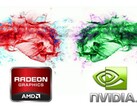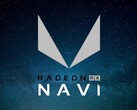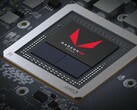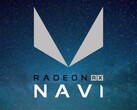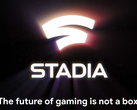The Google Stadia cloud gaming platform is tipped to be a prime competitor to similar efforts from Microsoft and Sony, and there always has been a speculation as to what fundamentally powers the Stadia infrastructure. While we do know that Stadia uses a custom AMD datacenter GPU that can churn out about 10.7 TFLOPs of raw performance, Khronos Group, the ones behind the Vulkan graphics API, mentions the 'Google Games Platform Gen 1' as using AMD's GCN 1.5 architecture in their Conformant Products page. The Conformant Products list includes all GPUs that have been tested for Vulkan compatibility.
AMD's Graphics Core Next (GCN) architecture has been the staple of the company's GPU offerings starting from the 'Southern Islands' 28 nm GPUs (GCN 1.0) in 2012 to the 7 nm Vega today (GCN 1.5.1). Google Stadia is indicated as using GCN 1.5, which implies that it uses a 14 nm Vega chip. The Vulkan Conformant Page also indicates that Stadia runs on Google's custom Games Platform OS based on Debian 9 (Linux 4.13 kernel) that uses its own Games Platform SDK as was revealed by Google at GDC 2019.
The custom Stadia GPU is said to feature 56 CUs and a memory bandwidth of 484 GBps. Gauging by the number of CUs, it looks like AMD is using a custom datacenter version of the Vega 56 but given the high memory bandwidth on what is expected to be 8 GB of HBM2 VRAM (along with 8 GB DRAM), AMD could have bumped up the memory speed to match that of the Vega 64's.
Interestingly, Stadia was announced in March this year while the 7 nm AMD Radeon VII was already made official in January during CES 2019. It could very well be that Stadia had been in development for quite some time so Google is likely to have missed out on 7 nm Vega20.
A datacenter application means that Google wouldn't mind opting for a slightly older generation for the sake of stability. GCN is also said to power AMD's upcoming Navi series so we might see Google adopting the newer GPUs over time depending on power and performance requirements.


 Deutsch
Deutsch English
English Español
Español Français
Français Italiano
Italiano Nederlands
Nederlands Polski
Polski Português
Português Русский
Русский Türkçe
Türkçe Svenska
Svenska Chinese
Chinese Magyar
Magyar





